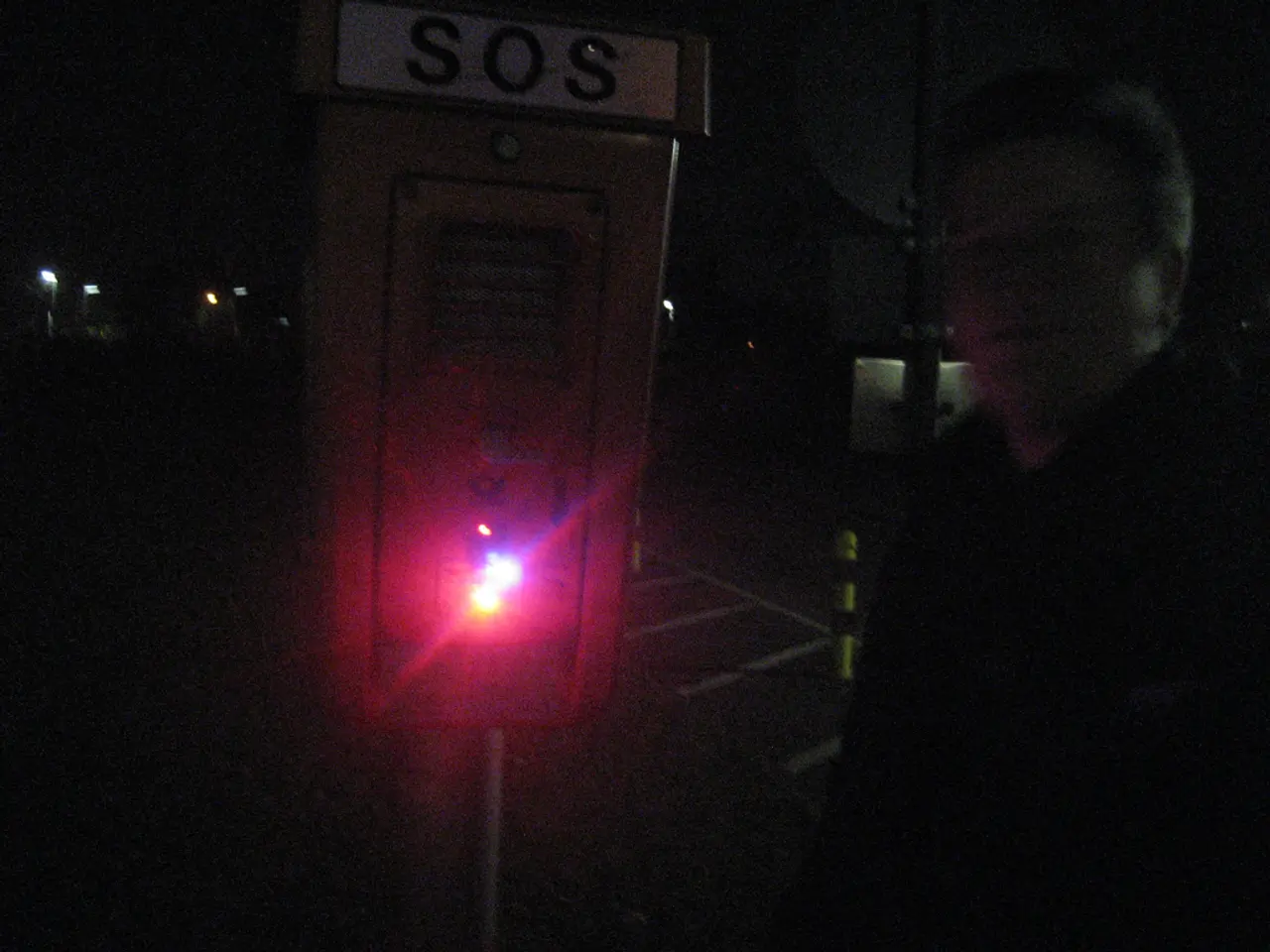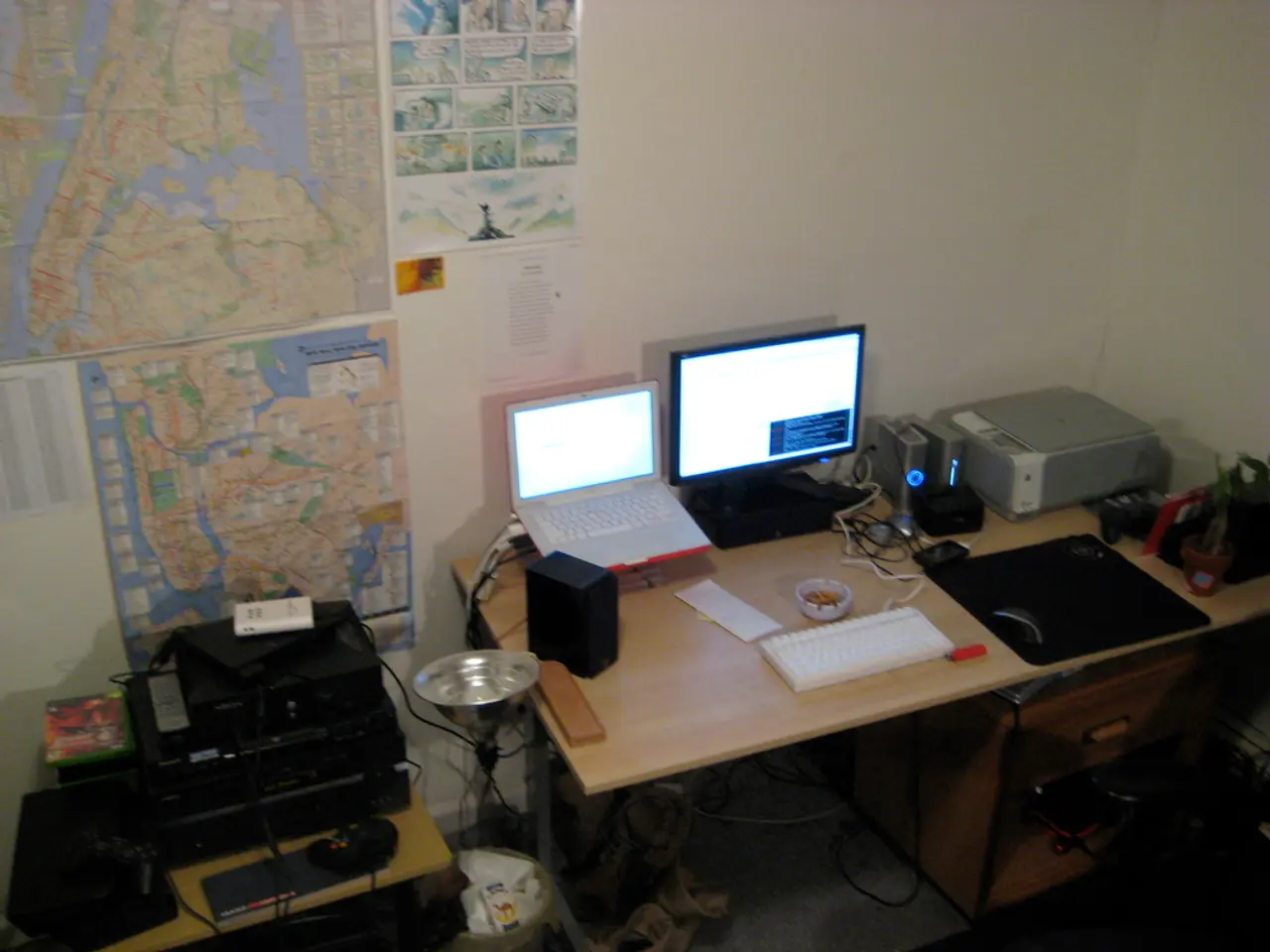Guiding You Deeper into the Realm of Moog Synthesizers: Exploring Advanced Techniques
In the realm of electronic music production, Moog synthesizers have carved a unique niche, influencing the creation of genres such as techno, house, and synth-pop. These iconic instruments, with their analog oscillators, classic Moog ladder filters, envelope generators, and modular patching capabilities, offer a wealth of possibilities for sound sculpting.
Maintenance and Care
Routine checks for any unexpected issues with signal flow help maintain sound quality. Regular cleaning keeps dust and debris away from knobs and sliders, ensuring a smooth performance. Proper maintenance also requires attention to environmental conditions, keeping the synth in a dry place with stable temperatures. Investing in quality protective cases for transport safeguards the instrument from physical damage and maintains its resale value.
Learning and Mastery
For beginners, the Moog Muse Quickstart Guide simplifies the initial learning curve by combining classic synthesis basics with modern sound design tips. YouTube hosts a range of Moog synthesizer tutorials, offering hands-on guidance and making learning more interactive and engaging.
Exploring Moog's Features
To create unique soundscapes, you can use Moog's features as follows:
- Oscillators: Detune the oscillators, use different waveforms, or hard sync them for rich harmonic content and evolving tones.
- Filter: Sculpt the harmonic content dynamically by adjusting cutoff frequency and resonance, using the ladder filter. With multi-mode filters on some models, you can switch between low pass, high pass, and bandpass to shape textures.
- Envelope Generators: Control amplitude and filter cutoff via ADSR envelopes to create evolving sounds, from plucked to swelling pads.
- Patchbay (semi-modular capability): Route signals in unconventional ways, modulate parameters with external or internal control voltages, or incorporate external gear to produce unusual and dynamic sound textures.
- Built-in effects: Spring reverb (like in the Grandmother) and stereo delay (in models like the Matriarch) add spatial depth and ambience.
- Sequencers and arpeggiators: Use step sequencers or arpeggiators to generate rhythmic patterns or modulate parameters over time for movement within your soundscape.
- Modulation wheels and pitch wheels: Perform expressive pitch bends and modulations in real time.
Specific Moog Models
Models vary in features. For instance, the Moog Grandmother is semi-modular and includes spring reverb, while the Memorymoog provides polyphony with 6 voices and triple oscillators per voice for lush layered tones.
Integration with Digital Audio Workstations (DAWs)
Integrating a Moog synthesizer with a DAW requires a compatible audio interface for smooth communication. Using a MIDI interface connects the Moog to the computer, enabling direct control from the DAW. Portamento offers smooth transitions between notes, enhancing the expressiveness of playing.
Special Tools
The Drummer From Another Mother (DFAM) is a tool for incorporating drums into sequences, offering an analog engine for building gritty, punchy rhythms. The Moog Sequencer is a crucial tool for rhythm and sequence creation, allowing for crafting intricate patterns through simple steps. The Subharmonicon can add rich layers to sound by manipulating oscillators and customizing frequency modulation.
Iconic Uses
Iconic songs featuring the Moog synthesizer include "Lucky Man" by Emerson, Lake & Palmer, "Baba O'Riley" by The Who, and "Here Comes the Sun" by The Beatles. The Beatles used the Moog synthesizer in their music, adding rich textures and novel sounds to their work.
Creative Techniques
Using polyrhythms by layering sequences of different lengths adds a textured dimension to music. Crafting complex drum patterns on the DFAM's 8-step sequencer involves adjusting each step's pitch and velocity for dynamic impact in tracks. The Subharmonicon's Release Knob can help in extending the tail of notes, adding depth and ambiance. Creative sound sculpting involves experimenting with the Sawtooth Wave and dual oscillators to customize the texture of synth patches.
The Moog Labyrinth and VST Plugins
The Moog Labyrinth offers unique sequencing through its dual generative sequencers, automatically producing melodies within chosen scales and note ranges. VST plugins offer a broad palette of sound options, emulating classic Moog sounds and providing preset banks for specific genres.
A Rich History
Moog Music has a rich history, beginning with Robert Moog's development of the first commercially available synthesizer in the 1960s. By combining these capabilities—analog oscillators with diverse waveforms, versatile filters with resonance control, patchable modulation paths, built-in effects, and sequencing—you can design richly textured, evolving synthesizer soundscapes that are both warm and unique to Moog’s distinctive analog character.
- To preserve the quality of the sound produced by your Moog synthesizer, it's essential to conduct regular maintenance, including cleaning its knobs and sliders, checking signal flow, maintaining environmental conditions, and investing in protective cases for transportation.
- The built-in effects like spring reverb and stereo delay in some Moog models, such as the Grandmother and Matriarch, can add spatial depth and ambience to your music production, while the sequencers and arpeggiators allow for the generation of rhythmic patterns or modulation over time.
- When integrating a Moog synthesizer with a digital audio workstation (DAW), a compatible audio interface is required for smooth communication between the two, allowing direct control from the DAW for a more engaging and seamless music production experience.




